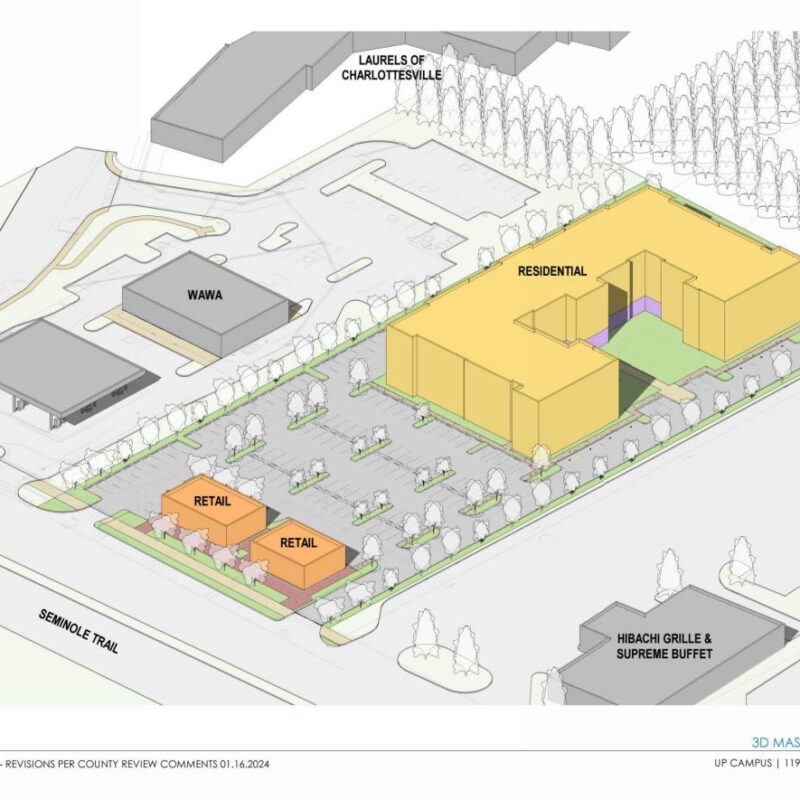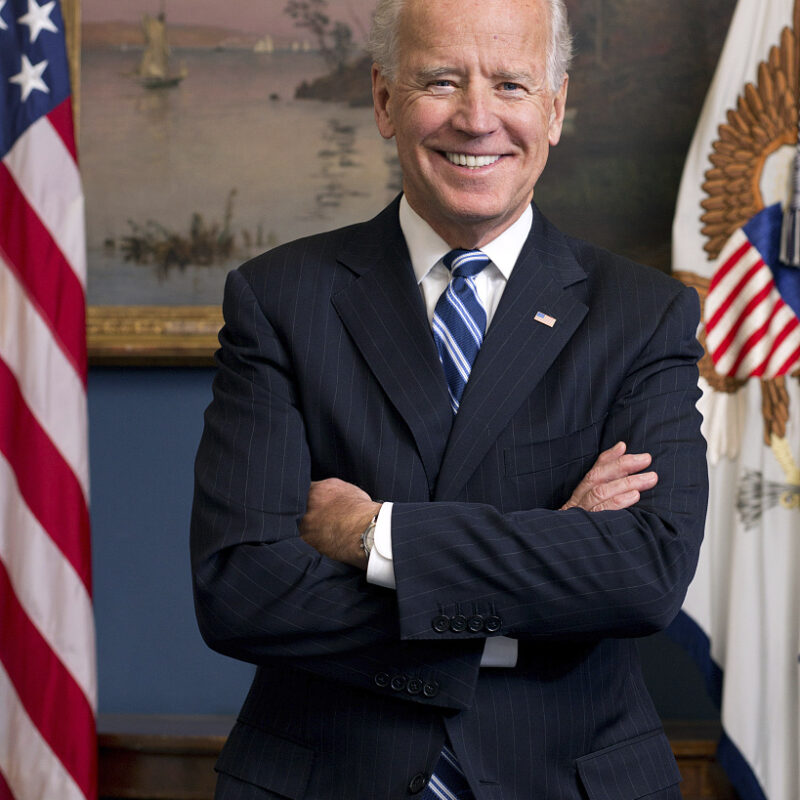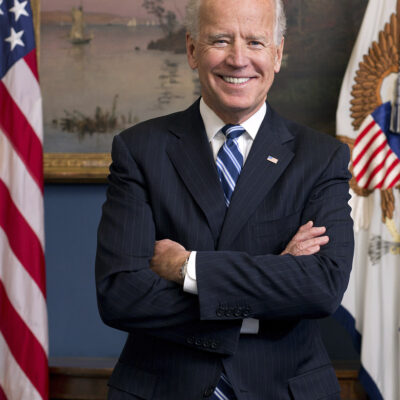The US Census Bureau estimated that 6.6 percent of Virginians were Hispanic or Latino in 2007, up from 4.7 percent in 2000. However, this year at UVA, Hispanics constitute only 4.2 percent of the undergraduates, 2.1 percent of graduate students, and 1.2 percent of faculty. That last number equals merely 17 Hispanic professors in tenure-track jobs, one-third in the Department of Spanish, Italian, and Portuguese alone.
|
María-Inés Lagos, chair of the Department of Spanish, Italian and Portuguese, is one of the few Hispanic professors at UVA. |
Third-year student Amanda Perez has noticed. “A number of Latino students and I have often remarked about the low number of Hispanic/Latino faculty on Grounds,” says Perez. “The lack of professors, not only in the Spanish department, but also in a variety of other disciplines, is very apparent.”
The University agrees. Interim Vice Provost for Faculty Advancement Sharon Hostler and her staff are investigating faculty composition across racial and ethnic groups, starting with Hispanics, and seeking solutions.
Although very diverse themselves, Hispanics confront challenges similar to other minorities who are disproportionately absent from the academy, notes María-Inés Lagos, a Spanish professor and department chair. Maggie Pena Harden, assistant to Hostler, says their families may lack a legacy of higher education and familiarity with its cultural norms, as well as the money to pay for it. Hispanic scholars also may lack social support groups as they advance into graduate school and beyond.
Finally, Hostler adds, “Across all racial and ethnic groups, overlying all of it is a real issue about women.” Although Hispanic women earn more PhDs than Hispanic men, the men overwhelmingly advance further thereafter, as is generally true for other groups. At UVA, 15 male Hispanic professors are on the tenure track versus only two Hispanic women, and off the tenure track, Hispanic male faculty still outnumber Hispanic female faculty 2 to 1.
UVA has responded by supporting current faculty and trying to expand the pipeline for advanced degrees. Fortunately, programs that help attract and retain under-represented minorities and women also help retain and strengthen all professors. UVA offers mentoring and networking programs to improve research, teaching, and social support from the first day through retirement.
“How people enter,” Hostler says, “makes a big difference in how they leave. We’re really trying to understand how to build loyalty and retain the best and the brightest, and listening to the faculty is the most important thing
we do.”
Pena Harden adds, “All of the programs get accolades while people are in them, but the long-term effects are what’s missing now.” Many of the programs, relatively new, lack data on ultimate retention.
Meanwhile, UVA tries to get more Hispanics and others into the position to become professors. That includes expanding outreach to high school students and promoting close-knit community among those who enroll. One exceptionally successful program, the School of Medicine’s Summer Research Internship Program, recruits and pays college students to conduct research. Over half the participants are under-represented minorities, 84 percent of whom continue to graduate school, including UVA’s own MD/PhD program.
C-VILLE welcomes news tips from readers. Send them to news@c-ville.com.






